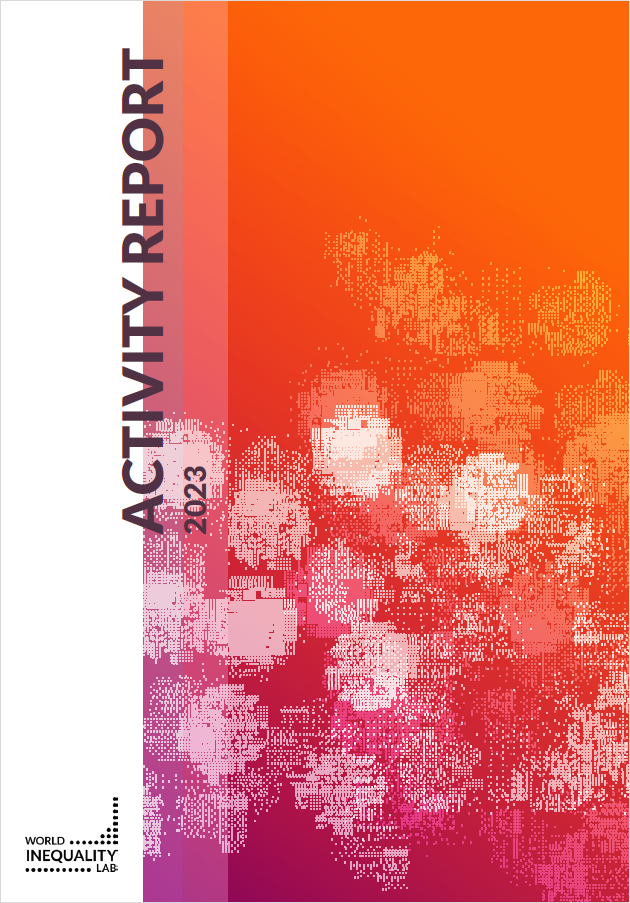OUR APPROACH
For almost ten years, the WIL has worked to produce evidence-based research on the various dimensions of inequality, both within and between countries.
The WIL hosts and maintains the World Inequality Database, the most comprehensive open-access database on global inequality dynamics. Today the WID includes data on the evolution of income and wealth distribution, as well as gender and environmental inequality.
A team of thematic and regional coordinators is responsible for updating the database on an ongoing basis. The team works in collaboration with more than 200 researchers – the WID Fellows – based in institutions around the world.
Our main research areas are:
The measurement of historical income and wealth inequality dynamics
Building on the renewal of economic inequality studies in the early 2000s, the WIL conducts research on the evolution of income and wealth inequality both between and within countries and across age, gender, and other social groups. One of the overarching aims of the project is the production and maintenance of Distributional National Accounts for all countries in the world. The key objective is to monitor inequality in the distribution of income and wealth across the population and to provide researchers and citizens with adequate information to go “beyond GDP”.
Environmental inequalities
The WIL focuses both on the inequality in contributions to environmental pollution, as well as on the inequality of environmental impacts and capacities to act for the environment. In that sense, the WIL seeks to contribute to the environmental justice literature through the production, harmonization, and analysis of novel local-level as well as global environmental inequality datasets.
The work is led by Lucas Chancel and his team. The 2023 Climate Inequality Report is the latest synthesis of their efforts to track climate inequalities.
Global wealth distribution dynamics
The WIL studies the determinants and modeling of global wealth distribution dynamics, including the impact of financial markets, rates of return, portfolio choices, savings and investments pattern, inheritance, taxation, international cooperation and regulation, and intergenerational mobility.
The factors contributing to income inequalities
The determinants and modeling of factor income inequalities. These are: the role of labor market institutions, minimum wages, bargaining power, skills formation, educational policies, trade unions and corporate governance, trade regimes, international competition and cooperation, the distribution of rates of return, factor income shares, and aggregate wealth, as well as the role played by these policies in the reduction of poverty.
Political inequalities
The WIL seeks to connect the study of socio-economic inequality dynamics with the study of political systems, in order to better understand the impact of socio-economic inequality on voting patterns and the effect of voting dynamics on economic policy.
The World Political Cleavages Database is our latest project on the dynamics of polarization in modern democracies.
Gender inequality
The WIL estimates and tracks the “female labor income share” (FLIS) across countries and at the global level. This indicator is analyzed in relation to other inequality indicators produced by the WIL. The analysis also draws on an understanding of social and institutional gender inequalities at the country or regional level.
Chapter 5 of the 2022 World Inequality Report, led by Anne-Sophie Robilliard, focuses on gender inequality.
Inequality perceptions
The WIL studies perceptions and preferences for redistribution from an experimental perspective.
Taxation and tax evasion
The WIL studies taxation and tax evasion, in collaboration with the EU Tax Observatory.
The improvement of methods used in each of the previous dimensions of inequality
This includes active efforts to study countries in the global south, which pose their own methodological and conceptual challenges.
The 2022 World Inequality Report is the latest synthesis of international research efforts to track global inequalities.








